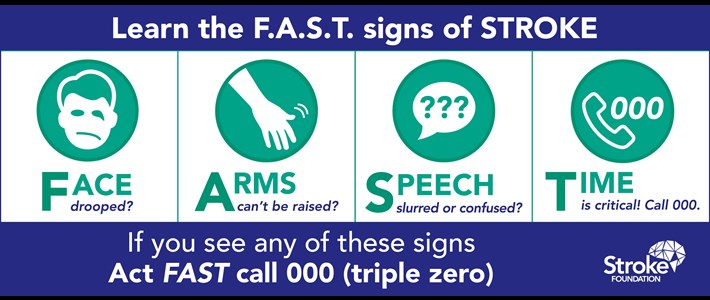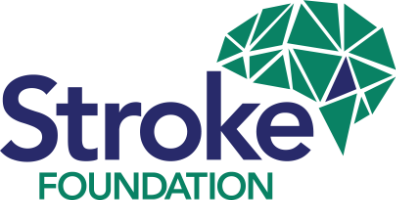What is a TIA?
A transient ischaemic attack (TIA) is when blood can’t get to all parts of your brain for a short time.
Blood carries oxygen and nutrients for your brain cells. Blood flows through your arteries. Arteries are like tubes or pipes.
If an artery gets blocked by a blood clot, blood can’t get through. Brain cells start to die, and there are signs something is wrong. If the blockage clears, the blood starts to flow again, and the signs disappear.
Unlike a stroke, a TIA has no lasting impact on how well you can walk, move, talk, swallow, or see.
However, a TIA can sometimes leave you with fatigue, or affect how you think. It can also affect your mental health. You may be sad, worried or scared after a TIA. Sometimes it may actually have been a stroke, which can only be picked up by the right kind of brain imaging. This can lead to other lasting effects.
What are the signs of a TIA?
The F.A.S.T. test is an easy way to remember the most common signs of stroke. With a TIA, the signs are the same, but they disappear after a short time.
If you have any of the signs of stroke, call triple zero (000) straight away. Even if you aren’t sure, or the signs only last for a few minutes, call triple zero (000).

Tests, treatment and looking after your health
After a TIA, your doctor will arrange tests, referrals and follow-up appointments. Go to all your appointments.
After a TIA, your risk of stroke is higher, especially in the first few days. Getting tests and treatment early on helps reduce your risk. Looking after your health will also help reduce your risk.
Driving after a TIA
You can’t drive for 2 weeks after a TIA. If you have a commercial driving licence, you can’t drive for 4 weeks.
Find out more
Our TIA booklet has more information on tests, treatment and looking after your health after a TIA.
Get help
The StrokeLine team can answer your questions about TIA. They can help you get on the right track.
